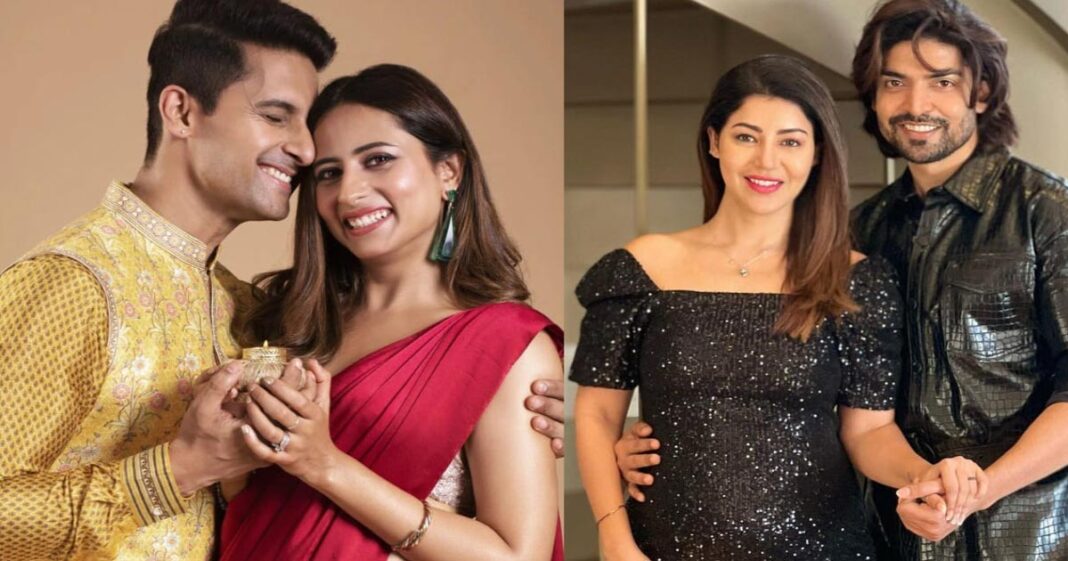Why Iconic Indian TV Shows Still Have a Massive Fan Following and Cultural Impact
In an age dominated by OTT platforms and high-budget web series, a few Indian television shows from the past continue to enjoy an almost cult-like fan following. These shows, which once aired on Doordarshan and early private channels, have not only stood the test of time but also shaped India’s television culture. From tear-jerking family dramas to mythological epics and slapstick comedies, these timeless classics still resonate with millions—both old loyalists and curious Gen Z streamers.
In this article, we revisit some of the most iconic Indian TV shows, exploring why they still matter, the people whose lives were changed by them, and the accolades they garnered on their journey from living rooms to legacy.
- Ramayan (1987): The Sunday Morning Religion

No conversation about Indian TV classics is complete without Ramanand Sagar’s Ramayan. First aired in 1987 on Doordarshan, the mythological epic turned Sunday mornings into sacred rituals. Streets were empty. Shops were shut. Families gathered before their single television sets like it was a community festival.
According to a 2020 report in The Hindu, Ramayan’s rerun during the COVID-19 lockdown broke all viewership records, clocking over 77 million viewers in a single day, making it the most-watched entertainment show globally, as confirmed by BARC India.
Success Story: Arun Govil, who played Lord Ram, became a cultural icon. In an interview with The Indian Express, he shared how he was once stopped by airport security—not to be frisked—but to receive a blessing. Post-Ramayan, Govil went on to win the Uptron Award for Best Actor in 1988.
- Shaktimaan (1997): India’s First Superhero

Long before Marvel took over global screens, Indian kids had Shaktimaan. Played by Mukesh Khanna, Shaktimaan was the ideal blend of strength, morality, and social responsibility. Aired on DD National from 1997 to 2005, the show sparked a massive fan movement.
Impact: Shaktimaan inspired countless children to believe in the power of good. One such child was Rajeev Gaur, a Jaipur-based social worker, who now runs a nonprofit named “ShaktiPath,” focusing on children’s education and moral values. In a Dainik Bhaskar feature, Gaur credited Shaktimaan for inspiring him to become a real-life hero in his community.
The show bagged the Screen Award for Best Children’s Programme in 1998.
- Hum Log (1984): The Original Soap Opera

India’s first-ever television serial, Hum Log, was more than just entertainment—it was social commentary. Created by veteran filmmaker P. Kumar Vasudev, this 154-episode show narrated the everyday struggles of a middle-class family in post-Emergency India. It tackled issues like alcoholism, unemployment, gender bias, and aspirations, making it a mirror to society.
Real-life Impact: Seema Bhargava, who played Badki, received letters from women across rural India who found strength in her character’s journey toward independence. In a 2019 Hindustan Times interview, she recalled how a woman from Bihar named her daughter ‘Badki’ after the show.
- Sarabhai vs Sarabhai (2004): The Upper-Class Quirks

A sitcom that gained more popularity after its TV run ended, Sarabhai vs Sarabhai became a cult favorite thanks to its clever writing and iconic characters like Maya Sarabhai and Rosesh. The show hilariously portrayed the eccentricities of a rich Gujarati family in South Mumbai.
Resurgence Story: In 2017, Hotstar brought the show back due to popular demand. Its creators revealed that social media memes and fan petitions played a role in the revival. Actor Satish Shah, who played Indravadan, won the ITA Award for Best Actor – Comedy in 2005.
- Office Office (2001): Bureaucracy with a Smile

Mussadilal and his struggles with the Indian bureaucracy were hilariously captured in Office Office, starring Pankaj Kapur. The show was more than comedy—it was satire that gave voice to the common man’s frustrations.
Success & Recognition: The show won multiple Indian Telly Awards for Best Actor and Best Comedy Series. According to Times of India, even civil service aspirants would watch it to understand the nuances of red tape—albeit humorously.
Inspiration Story: Ahmedabad-based cartoonist Kishore Bhatt started a political comic strip titled “Mussadilal Returns” in his local daily, directly inspired by the show.
- Kyunki Saas Bhi Kabhi Bahu Thi (2000): The Soap that Changed Everything

When Ekta Kapoor’s Kyunki Saas Bhi Kabhi Bahu Thi hit the screens, Indian television was never the same again. Tulsi Virani became a household name, and TRPs soared like never before. At its peak, the show reached over 20 million daily viewers.
Impact Story: Smriti Irani, who portrayed Tulsi, made a rare transition from television to politics and is now a Union Minister. In a 2022 article by The Print, she credited the show for giving her the public visibility and grassroots connect that politics demands.
The show won multiple Indian Television Academy Awards, including Best Serial and Best Actress (Smriti Irani).
The Legacy Lives On
These shows, etched in public memory, are more than just nostalgic trips—they’re cultural milestones. Even today, their reruns generate engagement on platforms like YouTube, and dialogues are shared as memes on Instagram. In a 2023 survey conducted by Scroll.in, over 68% of urban Indian respondents said they’d still watch these classics over current daily soaps.
What makes them timeless? Simplicity, strong narratives, relatable characters, and most importantly, emotional resonance. In the words of veteran actor Mukesh Khanna, “These shows weren’t made for algorithms. They were made for hearts.”
Conclusion: Why They Still Matter
In an era chasing instant virality, the slow-burn charm of classic Indian TV shows is a reminder that stories rooted in values, culture, and realism never go out of fashion. Whether you’re laughing with Rosesh, crying with Tulsi, or finding courage with Shaktimaan—these characters live on, not just in pixels, but in people’s lives.
And perhaps, that’s the most powerful award of all.





